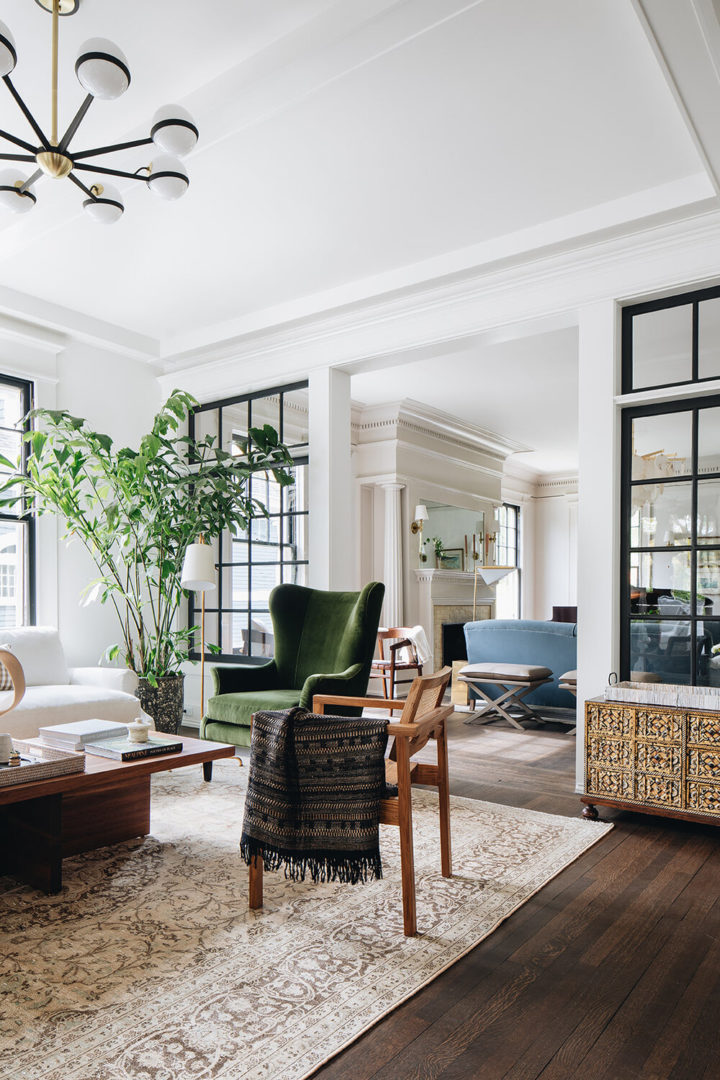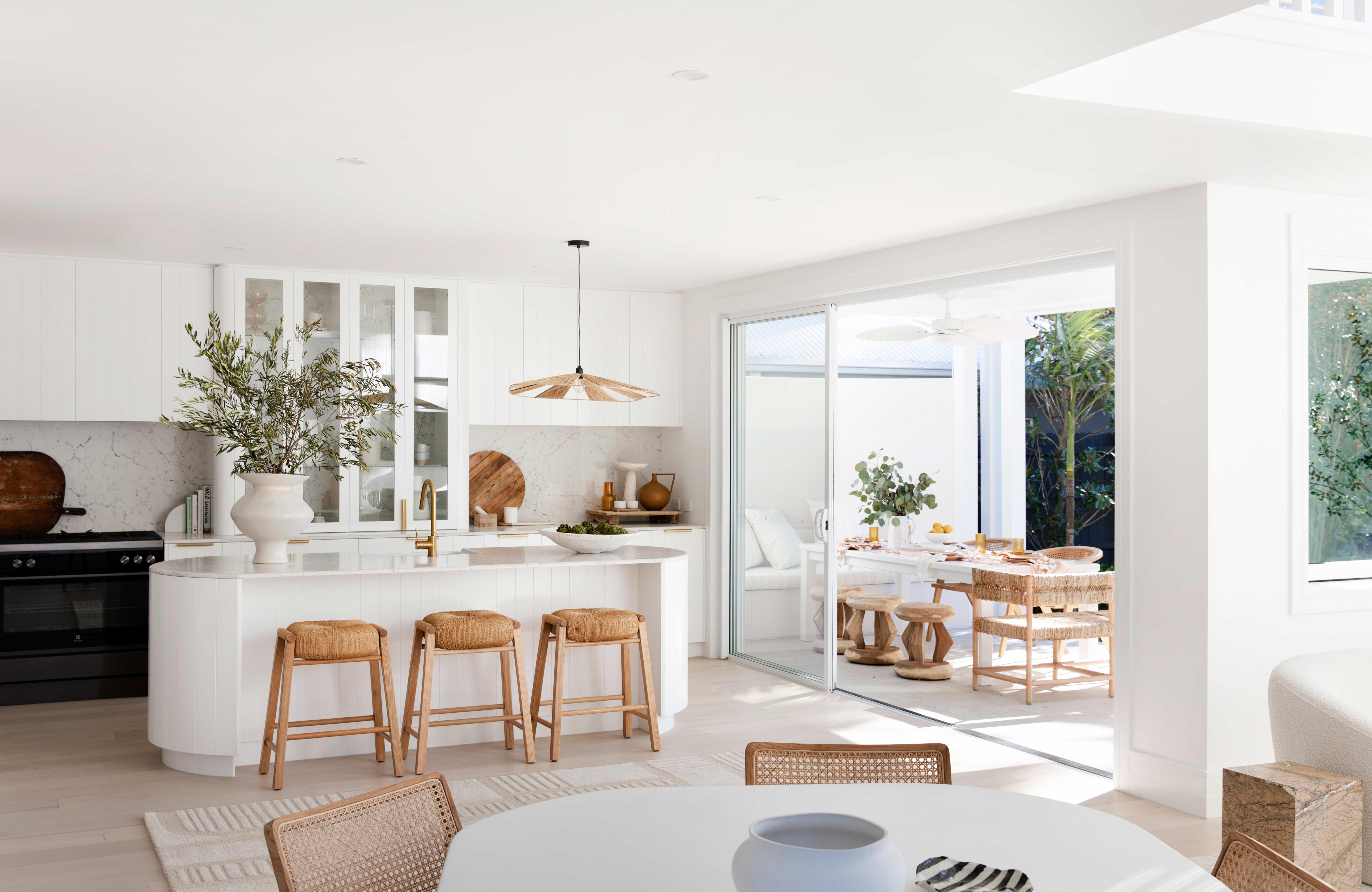Transform Your Home With Vital Principles of Interior Style and Aesthetics
The art of transforming your home via the necessary concepts of indoor layout and looks requires a thoughtful method that integrates color, equilibrium, and spatial awareness. By understanding the impact of shade theory and the significance of texture and patterns, one can create spaces that are not only visually appealing however additionally deeply individual. Accomplishing this equilibrium involves greater than plain design; it includes a strategic setup and an eager understanding of how each element connects within a space. As we explore these fundamental principles, consider exactly how they may redefine your understanding of home and personal expression.
Comprehending Shade Theory
Recognizing the concepts of color theory enables designers to create areas that resonate psychologically with owners while satisfying functional demands. Each category plays an essential function in establishing consistency within a room.
The emotional effect of shades is extensive; cozy tones such as reds and oranges evoke energy and warmth, while amazing tones like blues and eco-friendlies promote peace and tranquility. The use of complementary colors improves visual interest, creating striking contrasts that can elevate a space's appeal.
Neutral shades, on the other hand, serve as a flexible background, enabling other design elements to shine. It is necessary to take into consideration variables such as illumination and the room's function when choosing a shade combination, as these can alter the perception of shades throughout the day.
Ultimately, a well-considered color design can change a room, cultivating a sense of convenience and design that lines up with the residents' preferences. Proficiency of color concept is, for that reason, an essential skill for any type of indoor designer intending to develop unified and welcoming environments.
Achieving Balance in Design
Exactly how can developers attain a sense of stability in their spaces? Attaining equilibrium in style is essential to creating harmonious insides. Designers can use 3 key kinds of equilibrium: symmetrical, asymmetrical, and radial. In proportion equilibrium involves preparing aspects evenly around a main factor, fostering a sense of order and tranquility. This type often includes sets of furniture or artwork, enhancing aesthetic stability.
Unbalanced equilibrium, on the other hand, counts on differing elements that still accomplish a natural appearance. This strategy permits even more vibrant and informal plans, supplying interest while maintaining stability. By thoroughly selecting varying dimensions, colors, and appearances, developers can create a visually engaging space that really feels balanced yet energised.
Radial equilibrium highlights a main prime focus with aspects emitting exterior. This style is frequently seen in circular designs, where furnishings and style develop a natural border that attracts the eye inward.
Inevitably, achieving equilibrium calls for thoughtful consideration of scale, proportion, and the connections between aspects. interior design firms. By masterfully using these balance principles, developers can transform spaces into settings that really feel both cosmetically pleasing and functionally harmonious, boosting the total experience for owners
Value of Spatial Awareness

An eager feeling of spatial recognition allows designers to determine centerpieces within a space, guiding the viewer's focus to crucial features while maintaining a general feeling of unity. It also assists in the calculated placement of illumination, which can why not try here substantially affect the understanding of area and state of mind. Understanding spatial relationships allows the designer to provide to the specific demands of citizens, guaranteeing that each location serves its designated purpose without jeopardizing visual appeals.
Ultimately, spatial understanding is crucial for making the most of the potential of any kind of indoor space. By carefully considering the interplay in between measurements, layout, and function, designers can produce settings that not just fulfill sensible demands but additionally evoke a sense of convenience and appeal, improving the general living experience.
Integrating Texture and Patterns
Accepting a diverse array of textures and patterns can significantly improve the aesthetic and responsive appeal of an indoor area. The strategic use different materials-- such as timber, steel, textile, and rock-- develops deepness and interest, making an area feel more welcoming and dynamic. Combining smooth surfaces with rough appearances can develop an equilibrium that draws the eye and engages the senses.
When incorporating patterns, consider both range and repetition. Huge patterns can work as focal points, while smaller, refined designs can match various other elements without overwhelming the room. Layering patterns, such as pairing flower cushions with candy striped throws, includes intricacy and a sense of harmony if carried out thoughtfully.
It is likewise critical to keep a cohesive color scheme, guaranteeing that structures and patterns function together as opposed to compete for focus. By picking a few crucial structures and patterns, you can create a linked aesthetic that shows your individual design while enhancing the total atmosphere of the space. Ultimately, the cautious consolidation of these components can change an ordinary room into an advanced atmosphere abundant with character and warmth.
Personalizing Your Room
Developing a space that mirrors your character is essential to accomplishing a genuinely inviting environment. Personalization in indoor layout enables you to instill your distinct design and rate of interests into your home, changing it from a mere sanctuary into a refuge that talks to who you are. Begin by choosing a shade combination that reverberates with your emotions-- vibrant hues can energize, while soft tones provide serenity.
Integrate art work and decor that show your enthusiasms, whether it be traveling, nature, or abstract ideas. Displaying individual collections, such as books, pictures, or mementos, can evoke valued memories and create focal points within a space. In addition, consider tailoring practical items, like upholstered furniture, to straighten with your aesthetic preferences.

Final Thought
Finally, the improvement of a home via the necessary principles of go to this website interior decoration and looks necessitates a detailed understanding of color concept, balance, spatial awareness, structure, and personalization. Each component contributes substantially to producing an unified and useful living environment - miami interior design. By attentively incorporating these concepts, people can enhance the visual charm and emotional vibration of their spaces, inevitably fostering a home that shows distinct identifications while providing comfort and practicality
Comments on “Exclusive interior design firms specialize in high-end transformations.”